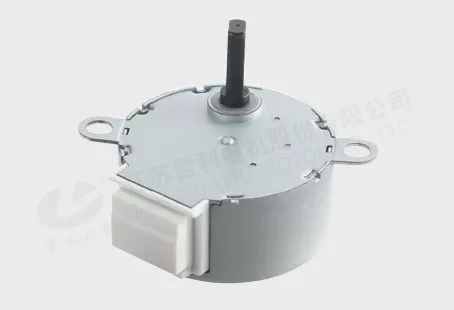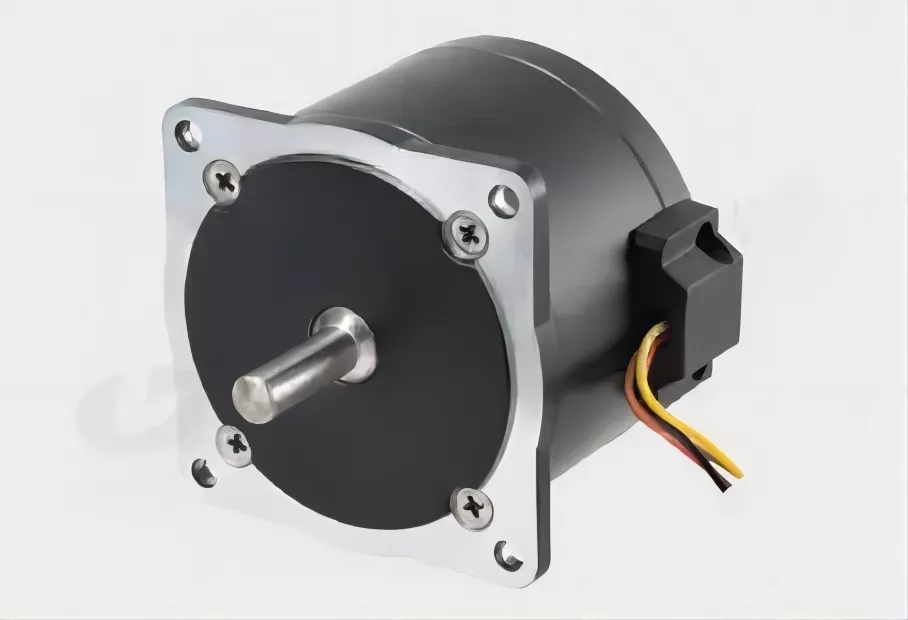What You Need to Know About DC Motor Operating Precautions And Protection Measures
DC motors have a wide range of applications and are often used in harsh environments, such as humid, high temperature, dusty, corrosive, etc. Therefore, in addition to the proper use, the protection link of it is an indispensable part of the electrical control system, and proper protection can extend its life. Its protection is to ensure the normal operation of the motor, prevent damage to the motor or mechanical equipment, and protect personal safety. Here, Leili will tell you in detail. 1. DC motor operating precautions (1) Check whether the commutator’s appearance can be bright before use, there should be no mechanical damage and spark burn marks. (2) Check whether the brush has been worn too short, whether brush grip pressure is appropriate (usually the pressure should be 150-200 g/cm?), check whether the brush holder orientation is by following per under the specified symbol. (3) The spark on the commutator during operation should not be greater than 1/4-1/2 level. 2. DC motor protection time (1) Monthly protection: check the carbon brushes and rectifiers, do a good job of cleaning, replace the fan screen if necessary. Check whether all collector rings, DC motors, and collectors can work correctly, and check the thickness of wiring on terminals and parts. Check whether there is water inside the main electric cabinet and DC motor. (2) Protection of each quarter: check the bearings (temperature, boo,m and noise). Check the insulation to the ground with a shaking table (not less than 2 megohms) (3) Every six months of protection: dry airflow to clean the rectifier and windings. Check the electrical articulation and all the screws. In winter time, in order to adhere to the temperature of the motor, the following voltage (30-50V) can be supplied to the excitation. 3. Protection measures of DC motor (1) Short-circuit protection When the short-circuit fault is caused by insulation damage of the motor winding and wire, damage to the control appliance and line, or the misoperation of touching the line, the measure of using the protection appliance to cut off the power quickly is short-circuited protection. Commonly used short-circuit protection appliances are fuses and automatic air circuit breakers. (2) Undervoltage protection When the grid voltage decreases, the motor will run under undervoltage. Since the motor load is not changed, the motor torque decreases, and the stator winding current increases, which affects the normal operation of the motor and even damages the motor. Under-voltage protection is achieved by contactors and electromagnetic voltage relays. The fuse and thermal relay can’t protect the under-voltage, because when the motor is running under the under-voltage, the stator winding will increase. The magnitude of the stator winding increase is not enough to make the fuse and thermal relay operate, so these two appliances can’t carry out the under-voltage protection. (3) Loss of voltage protection When the production machinery is working, for some reason, the power grid suddenly stops, when the power supply is restored, the protection apparatus should ensure that the production machinery can run after restarting, so as not to cause personal and equipment accidents, this protection is loss of voltage (zero voltage) protection. The electrical appliances to achieve the loss of voltage (zero voltage) protection are contractors and intermediate relays. (4) Weak magnetic protection The protection apparatus is used to ensure that the DC motor works under a certain strength of the magnetic field. So that the magnetic field will not be weakened or disappear. The motor speed will not be increased rapidly, and even the flying phenomenon will occur. In the excitation circuit of DC motor, a weak magnetic relay (i.e. under-magnetization relay) is connected to the DC motor. The weak magnetic protection can be realized by adding a weak magnetic relay (i.e. under the current relay) in series. Working principle of under current relay: in the process of DC motor starting and running, when the excitation current value reaches the action value of under current relay, the relay will absorb and make the normally open contacts in the control circuit close, allowing the motor to start or maintain normal operation. But when the excitation current decreases a lot or disappears, the undercurrent relay will release and the normally open contacts will break, cutting off the control circuit and the contactor coil will be de-energized and the motor will stop. When the excitation current decreases a lot or disappears, the under-current relay will be released and its normally open contact will be broken to cut off the control circuit. (5) Overload protection When the motor load is too large and the starting operation is frequent or the phase is not running, the motor current will exceed its rated current for a long time, which will shorten the motor life or damage it. When the motor is overloaded, the measure to cut off the power with the protection apparatus is overload protection. (6) Over-current protection The protection apparatus is used to limit the starting current or braking current of the motor so that the motor will run under the safe current value, which will not cause damage to the motor or mechanical equipment. Generally, an electromagnetic over-current relay is used to achieve over-current protection. Easy to generate overcurrent situation: additional resistors are strung into the armature winding of DC motor and rotor winding of the three-phase AC wire-wound rotor asynchronous motor to limit the motor starting or braking current. If the additional resistors are shorted during starting or braking, it will cause a large starting current or braking current. In this case, overcurrent is easy to occur. The method of implementing overcurrent protection: the coil of the electromagnetic overcurrent relay is connected in series in the main circuit and its normally closed contact is connected in series in the control circuit. When the overcurrent value of the motor reaches the auction value of the overcurrent relay, its normally closed contact disconnects the control circuit and stops the motor from a power supply, thus realizing the overcurrent protection. The difference between overload protection and




